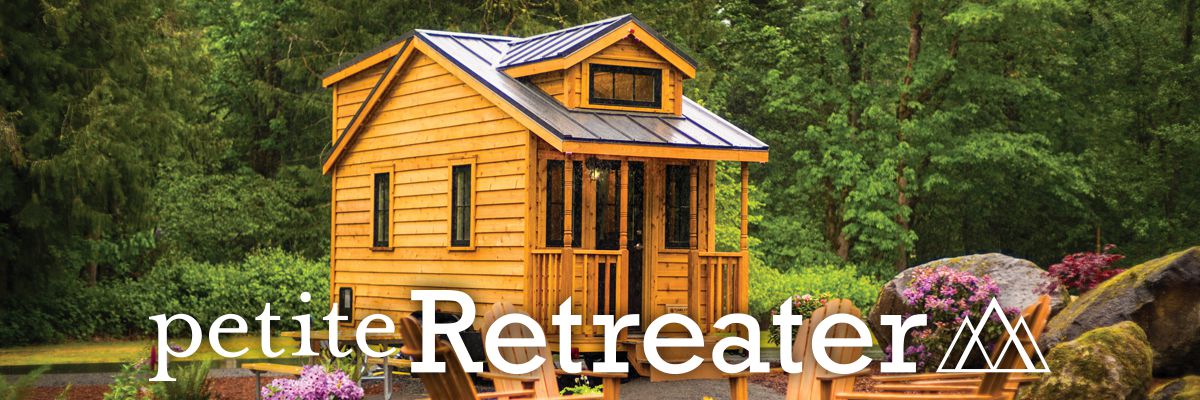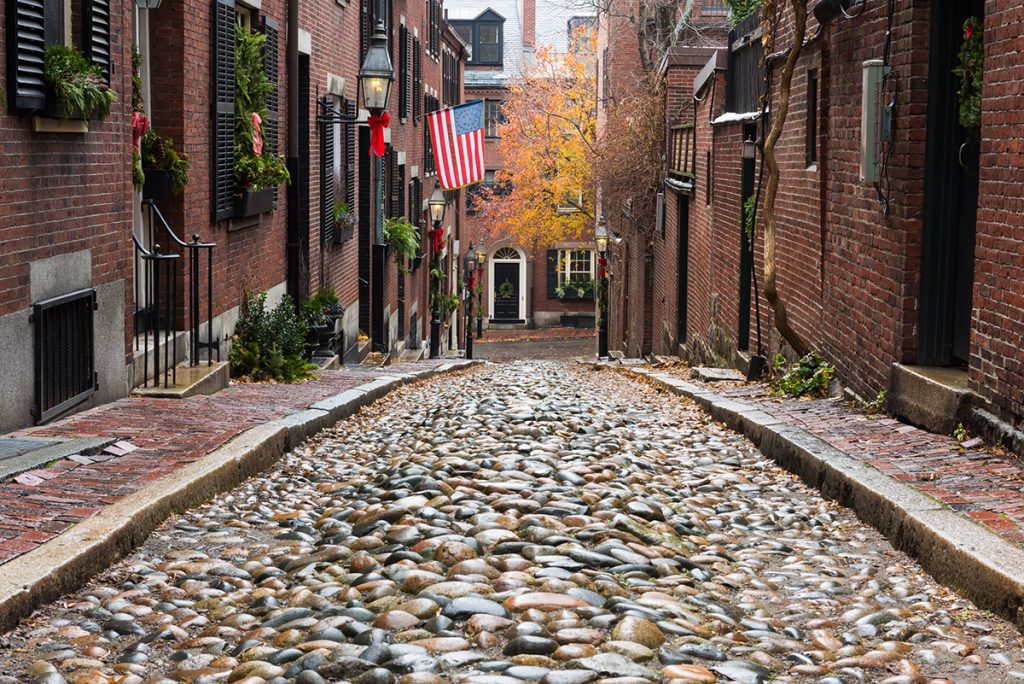With the events of this past summer, now more than ever may be not only the time to recognize the efforts and accomplishments of Black Americans throughout our history, but perhaps to also honor their history by taking the time to learn more about the experiences of Black Americans. The month of February has officially been recognized as Black History Month since President Gerald Ford declared it so in 1976. Visit museums and heritage sites, support Black-owned businesses, and read a few books to learn more. And, with some of these locations temporarily closed or operating on shortened hours due to the pandemic, keep in mind our list is not a to-do list for February, but instead a to-do list for all time.
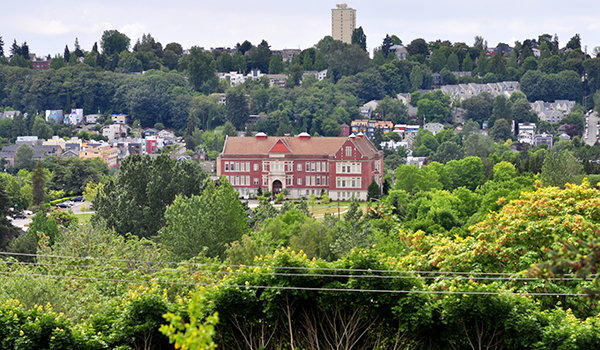
Museums and Heritage Sights
The Northwest African American Museum, Seattle, Washington: If you’re planning a trip to Leavenworth Tiny House Village, a good field trip to consider would be a trip to the Northwest African American Museum in Seattle (about a two-hour drive). The mission of the museum includes presenting and preserving the connections between the Pacific Northwest and people of African descent and is accomplished though exhibits and educational programs. Currently closed due to COVID-19, check out their virtual exhibits at www.naanmw.org. If you plan to visit once the museum reopens, don’t miss the nearby Jimi Hendrix Park, named for the one of the greatest and most innovative African-American guitarists of all time.
California African American Museum (CAAM), Los Angeles, California: Highlighting the important role African Americans have played in the development of the American West through over 4000 pieces that include art, historic objects and printed materials, the Museum was one of the first African American museums fully supported by any US state. CAAM also offers lectures and workshops. (The museum is a little over 100 miles from our colorful cottages in Palm Springs.)
Abyssinian Meeting House, Portland, Maine: Located about 72 miles from the Tuxbury Tiny House Village, the Abyssinian Meeting House is Maine’s oldest African-American church building and the third oldest in the country. Construction began in 1828 and was completed in 1831 and all construction was done by free African Americans. The Abyssinian Meeting House served not only as a house of worship, but also as the center of social and political life for Portland’s African American community. The church is listed on the National Register of Historic Places.
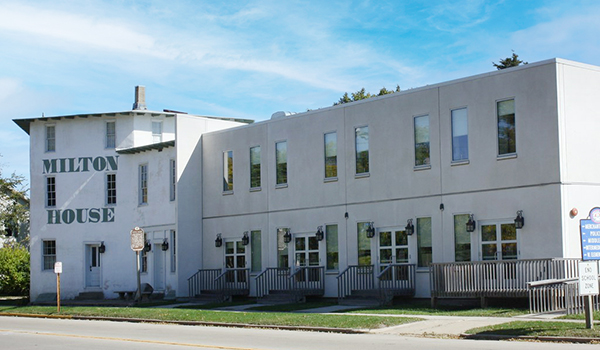
Milton House, Milton, Wisconsin: Milton House served as a stop on the Underground Railroad in part due to its location to the Rock River, a tributary to the Mississippi, which may have served as a route to Canada for escaping slaves. It was declared a National Historic Landmark in 1998 and visitors can take a guided tour of the building, the nearby cabin and the original tunnel used by the freedom seekers. Milton is about 84 miles from the cabins at Arrowhead.
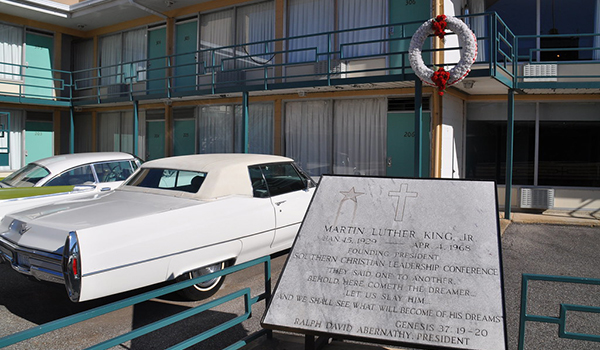
National Civil Rights Museum: The museum, located in Memphis, Tennessee, explores the history of the Civil Rights Movement and houses more than 260 artifacts. Through these artifacts, films, and other multi-media exhibits, visitors can trace the history of the movement beginning with the 17th century. The museum is built around the Lorraine Motel, which was the site of the assassination of Dr. Martin Luther King, Jr. Memphis is approximately 68 miles from Cherokee Landing.
Books to Read

The Warmth of Other Suns by Isabel Wilkerson: The stories of the Great Migration of Black citizens fleeing the South for northern and western American cities.
Between the World and Me by Ta-Nehisi Coates: A New York Times bestseller, this book is written as a letter to the author’s son to explain what it is to be Black in America.
The Underground Railroad by Colson Whitehead: This historical fiction story details the story of the fight for freedom by two Southern slaves.
So You Want to Talk about Race by Ijeoma Oluo: An examination of race in America with each chapter addressing an issue about race in our contemporary society.
Black-Owned Outdoor Gear Shop:
Lastly, if you’re looking for some camping and outdoor gear, check out slimpickensoutfitters.com. Recognized as the first Black-owned outdoor gear shop in the country, the business is owned by Jahmicah Dawes, who said in an article with Men’s Journal that his initial experiences with outdoor life through the Boy Scouts was “terrible” but that later in college he learned to love the outdoors. Dawes has said outdoor activities brings people together and believes “change happens around a campfire.” Shop from the website, or if you’re visiting Lake Whitney, the brick-and-mortar store is located in Stephenville, which is about 70 miles from the campground.
Read More:
- It’s month 2, how are those glamping reslutions going?
- Planning a glamping getaway? Check out these 2021 travel trends!
- Five things to do in…the Florida Keys!
- Find your next glamping destination at PetiteRetreats.com.

